Twinkling stars blanketing Mt. Pangasugan
 Courtesy of Mark Matthew Auguis
Courtesy of Mark Matthew Auguis
As we look up into the night sky, we are met with a breathtaking canvas of twinkling stars, glowing planets, and an occasional streak of light from a passing comet or shooting star. But beyond these familiar sights, there are countless astronomical events occurring in the universe that are nothing short of spectacular. From lunar eclipses to meteor showers, these cosmic events offer us a glimpse into the fascinating and mysterious workings of the universe. Prepare to discover the wonders of the cosmos as we explore the different astronomical events to watch out for this 2023.
February 25 to March 28: y-Normid Meteor Shower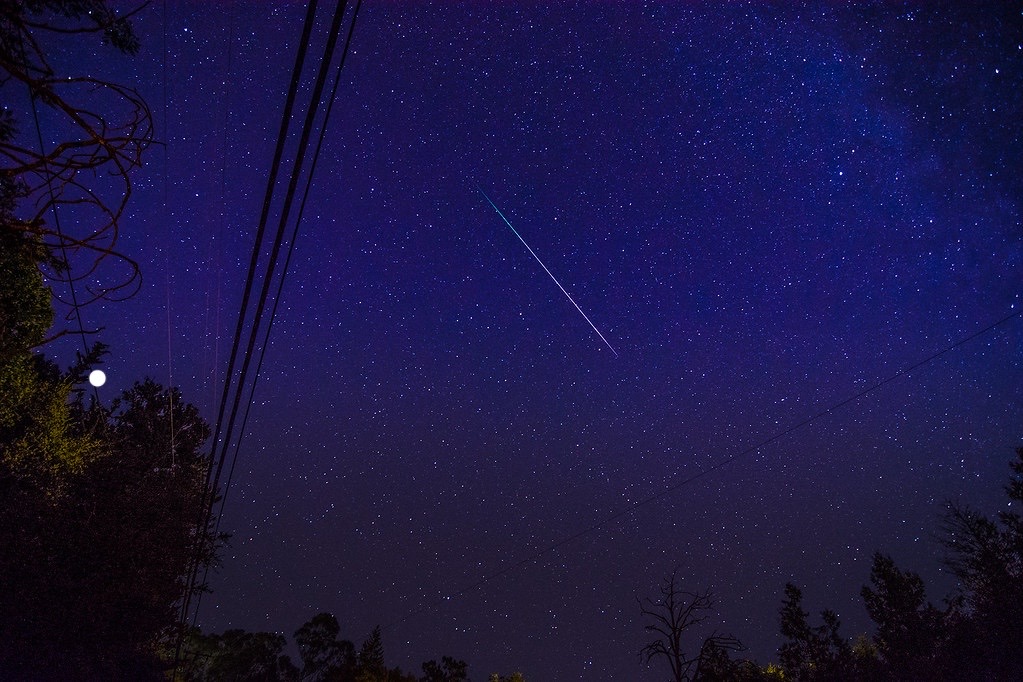
Normide meteor shower Courtesy of Wilson Lam
The y-Normid meteor shower, with its radiant point in the constellation Norma, is a celestial phenomena that powders the night sky with miniature shooting stars. Although it is considered a weak form of meteor shower with only six observable meteors per hour, stargazers will still be treated to a breathtaking display of nature's fireworks. This astronomical event will be on its peak from March 14 onwards and will be particularly visible at around 11:30 p.m and can last for a few hours until shortly after dawn. There is no need for equipment because this modest pour of space jewels will be visible with the naked eye. Just be patient and choose an area away from the city lights.
April 06: Pink Moon
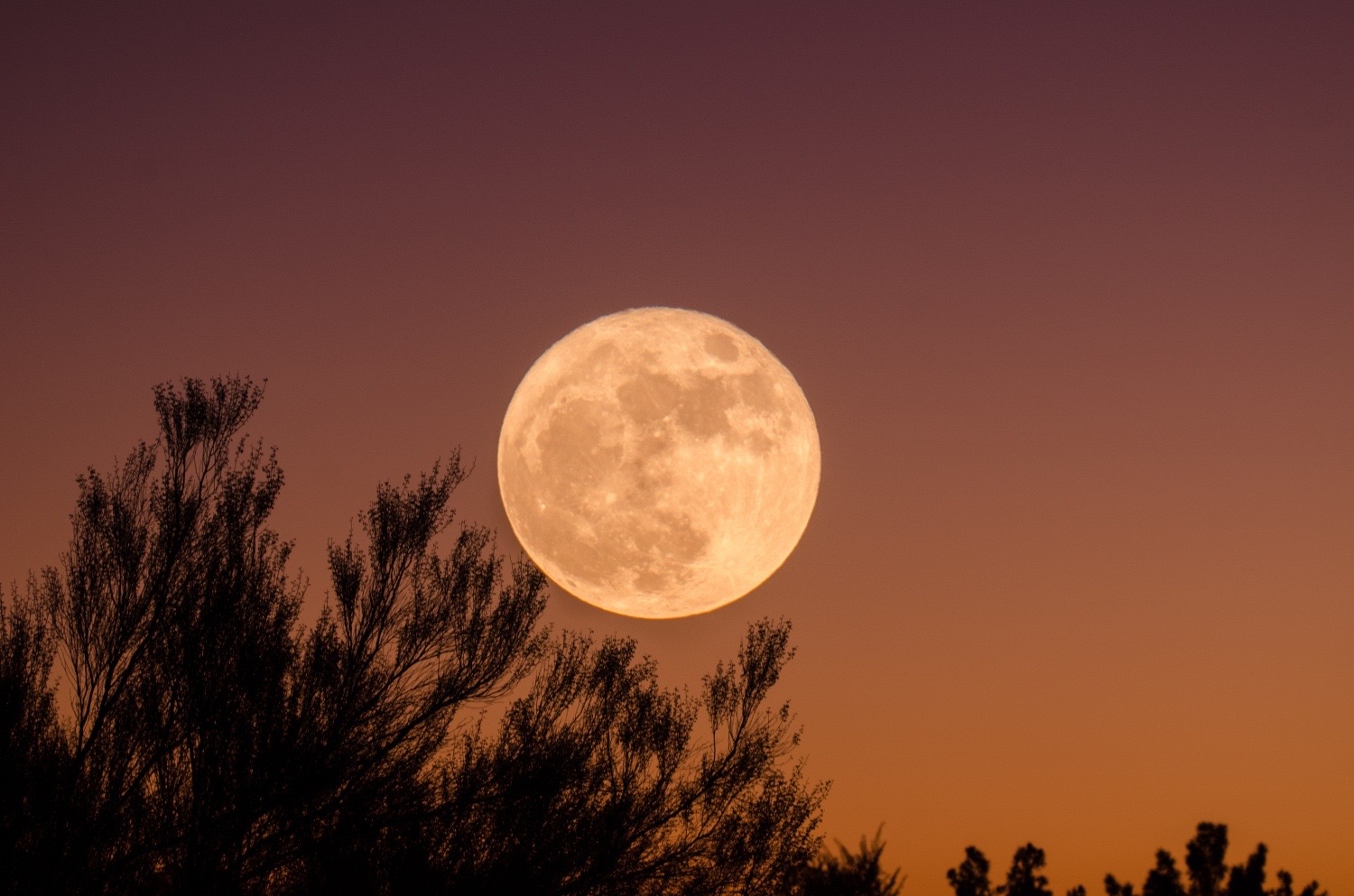
April’s Pink Moon Courtesy of Ganapathy Kumar
The Pink Moon is a nickname given to the full moon that occurs in the month of April. This name comes from the pink wildflowers, known as phlox, that typically bloom in early spring in some parts of North America. The April Pink Moon is not actually pink in color, but rather it appears in its usual golden hue. To catch a peek of this phenomena, simply venture outside on the night of April 6, Thursday, where it is expected to achieve its maximum illumination at 12:37 p.m. Choose an open spot and wait for the Moon to rise just over the horizon, when it will appear its largest and take on a golden tint.
April 20: Hybrid Solar Eclipse
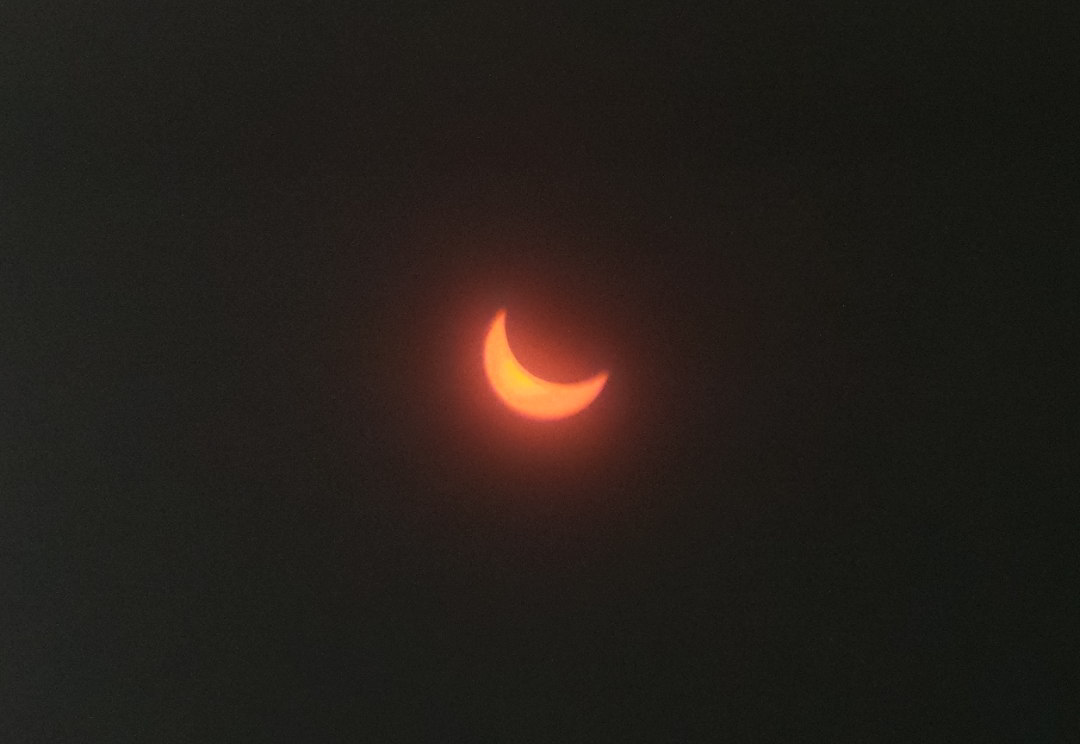 A hybrid solar eclipse captured in November 2013 in the Serengeti region of Africa
A hybrid solar eclipse captured in November 2013 in the Serengeti region of Africa
Courtesy of Esther Oh
Its not everyday that we get to see a solar eclipse, much more of a rare one. This April 20, prepare your high resolution cameras, binoculars, and your insatiable spirit to explore the cosmos, because we are about to be in the presence of a Hybrid Solar Eclipse, one of the rarest type of eclipse that only appears a few times every century. If you ask any astronomy geek, they’ll probably tell you that there are three common types of solar eclipse. These are the partial solar eclipse (least impressive among all), annual solar eclipse (also called the “ring of fire”), and the total solar eclipse where we get to see the spectacle of the sun’s solar corona. A hybrid solar eclipse combines an annular and a total solar eclipse where the former becomes the latter and then usually reverts back. Hence, people situated at various locations along the eclipse route can witness different occurrences. For instance, observing the eclipse during sunrise or sunset may display a brief "ring of fire." Whereas, if you watch it at midday, which is at the midpoint of the eclipse's route across the Earth's surface, you will experience totality. This implies that it's not possible to witness both an annular and total solar eclipse simultaneously during a hybrid event, and you simply have to pick one. The eclipse is expected to be partially visible in the Visayas and Mindanao region at around 9 to 10 AM.
REMEMBER, never look directly to the sun without adequate protection.
April 14-30: Lyrid Meteor Shower
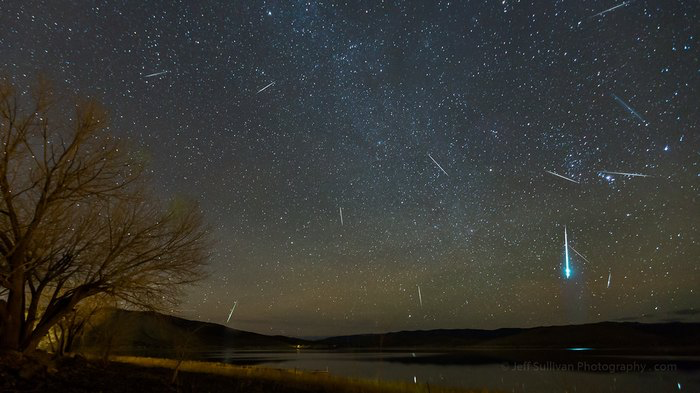
Blazing meteor shower Courtesy of Jeff Sullivan
The Lyrid meteor shower, named after the constellation Lyra, is the dusty trail left behind by Comet Thatcher which takes place every April, painting the night sky with streaks of light that seem to dance and twirl. Its expected peak illumination will be on April 22 to 30 at 10 P. M. and onwards with an average of 18 meteors per hour which will be visible in the naked eye in a clear night sky.
August 27: Saturn at Opposition
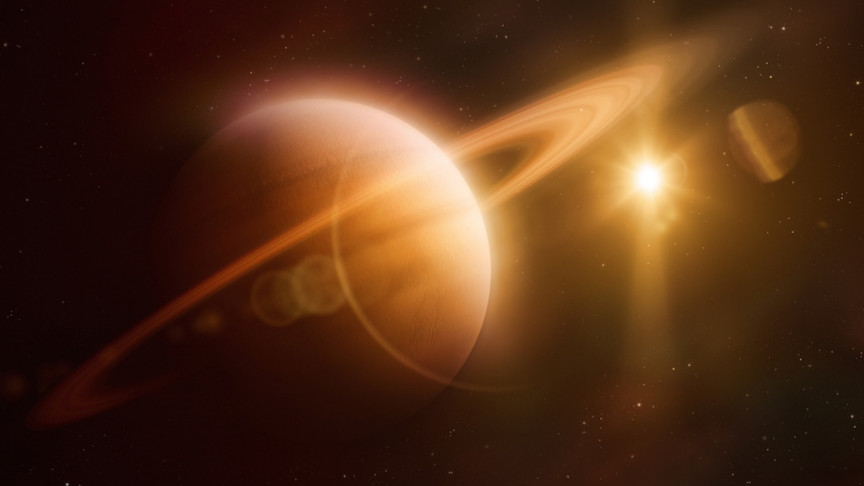
The ringed planet placed in opposition of the Sun in line with Earth
Courtesy of Chris Young
Saturn is expected to reach opposition to the Sun and glimmer in its brightest form with a magnitude of 0.4. This phenomena happens when Earth, the Sun, and Saturn are aligned in a straight line with the Earth in the middle. At this point, Saturn is as close to the Earth as it can get, and it is also fully illuminated by the Sun. The ringed planet will be located in the constellation Aquarius which will appear like a yellowish dot to the naked eye. Its recommended to use at least a small 4-inch telescope in order to catch a glimpse of the planet’s totality including its rings. This will happen at around 10:52 P. M. and will be visible in a clear night sky.
December 4-17: Geminid Meteor Shower

Lavish pour of Geminid meteor shower captured in Arizona, USA
Courtesy of Nicole Mortillaro
Named after the constellation Gemini, from which they appear to radiate, these meteors are widely considered as one of the most reliable and spectacular meteor showers of the year. As Earth passes through the debris left behind by the asteroid 3200 Phaethon, dozens of bright and colorful streaks of light will be seen streaking across the sky. It will run from December 4 to 17 with its peak estimated to be on the 14th at 10 P.M. In light of ideal conditions, there is a possibility to see around 150 meteors for every hour, perfect for people with unlimited wishes.
Every astronomical event that we get to observe in the night sky is a fleeting reminder of the vastness of our universe, an implication that we are but small players in a grand cosmic ballet. Whether you watch the show from the comfort of your backyard or trek out to a remote stargazing spot, every second of magic is worth a memory of a lifetime. So, let's keep our eyes to the skies and continue to marvel at the incredible sights that await us.

